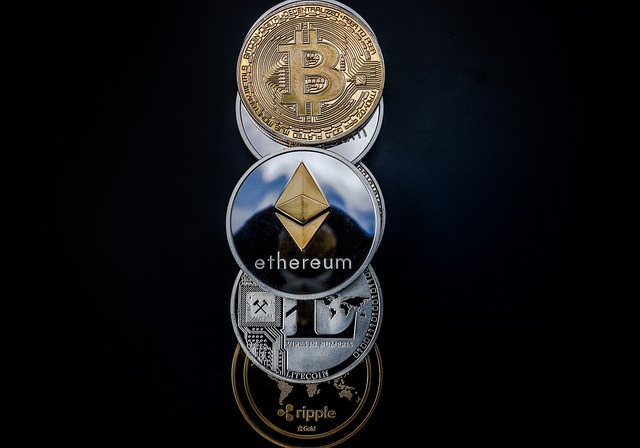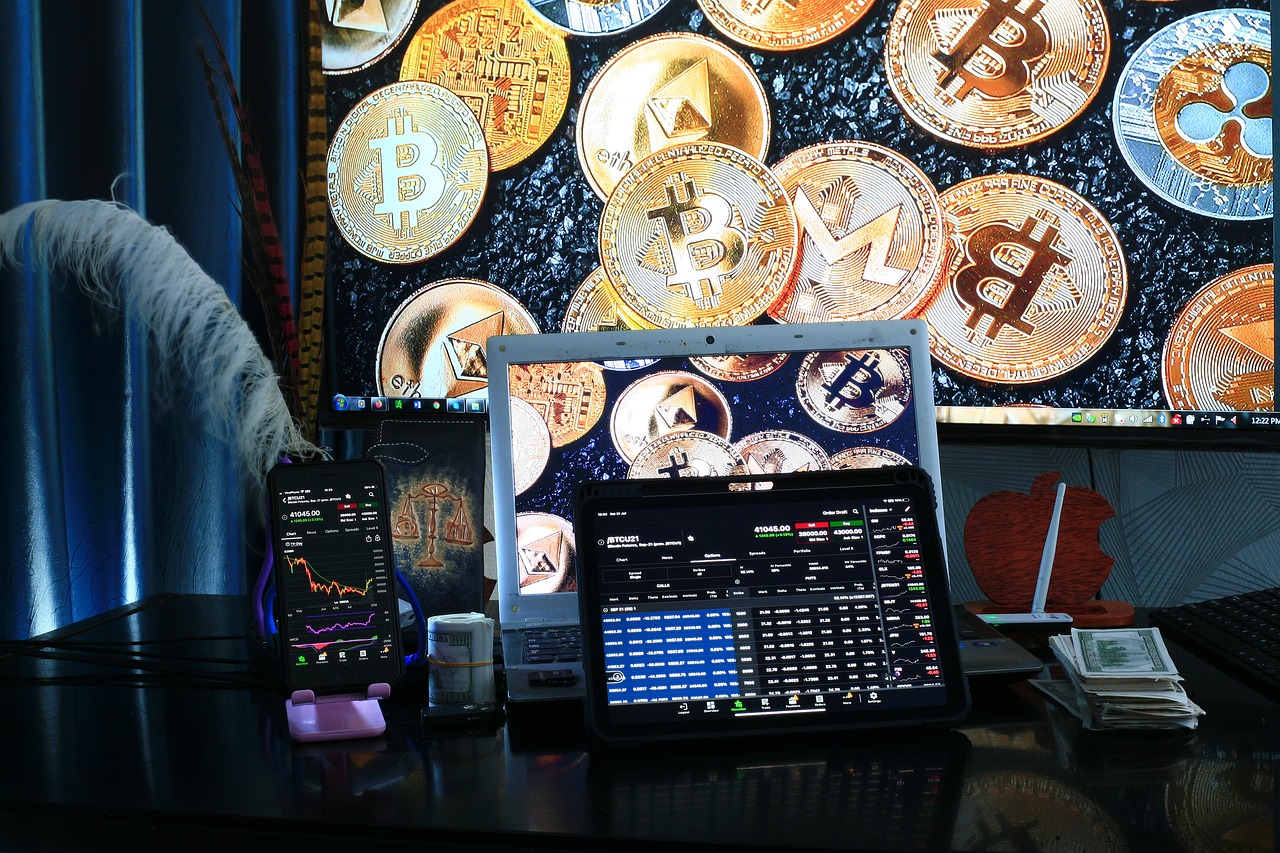Ever wondered what the top 10 currencies in the world are and why they hold such power? Currencies are not just pieces of paper or digital numbers; they represent the economic stability and global influence of a nation. In this article, we’ll delve into the fascinating world of the top 10 currencies, exploring their histories, strengths, and the roles they play in the global economy.

What is the Top 10 Currency?
The question “What is the top 10 currency?” might seem straightforward, but it encompasses a complex web of economic factors. Let’s break it down and discover the key players in the world of money.
1. US Dollar (USD)
The King of Currencies
The US Dollar, often symbolized as $, is the most recognized and traded currency in the world. Backed by the largest economy, it serves as the primary reserve currency for many countries. The USD’s stability and reliability make it the king of currencies.
- Global Trade: Used in nearly 90% of all foreign exchange transactions.
- Reserve Currency: Held by central banks worldwide.
- Oil Transactions: Most oil transactions are conducted in USD.

2. Euro (EUR)
Europe’s Unified Power
The Euro (€) is the official currency of the Eurozone, consisting of 19 of the 27 EU member states. Introduced in 1999, it has become a significant player in global finance.
- Economic Zone: Represents one of the largest economic zones.
- Second Reserve Currency: Held by many countries as a secondary reserve currency.
- Stability: Backed by the European Central Bank’s monetary policies.
3. Japanese Yen (JPY)
Asia’s Financial Giant
The Japanese Yen (¥) is Asia’s most traded currency. Known for its stability, it is often used in carry trades due to Japan’s low-interest rates.
- Economic Influence: Japan’s strong industrial and technological sectors bolster the Yen.
- Safe Haven: Considered a safe haven in times of economic uncertainty.
4. British Pound (GBP)
The Sterling Legacy
The British Pound (£), also known as Sterling, is one of the oldest currencies still in use. The UK’s robust financial sector and historical significance lend the GBP its strength.
- Financial Hub: London is a leading global financial center.
- Historical Significance: Long history as a dominant global currency.
5. Swiss Franc (CHF)
The Safe Haven
The Swiss Franc (CHF) is renowned for its stability and reliability. Switzerland’s political neutrality and strong economy make the Franc a preferred safe-haven currency.
- Neutrality: Switzerland’s political neutrality adds to the Franc’s appeal.
- Banking System: Home to one of the world’s most stable banking systems.

6. Canadian Dollar (CAD)
The Loonie
The Canadian Dollar (C$) is affectionately known as the Loonie. Canada’s rich natural resources and stable economy support its currency.
- Natural Resources: Rich in oil, minerals, and timber.
- Economic Stability: Consistently stable economy.
7. Australian Dollar (AUD)
The Aussie Dollar
The Australian Dollar (A$) is another commodity currency heavily influenced by Australia’s export of natural resources.
- Commodity Currency: Influenced by the export of coal, iron ore, and gold.
- Strong Economy: Backed by a strong, stable economy.
8. Chinese Yuan (CNY)
The Rising Dragon
The Chinese Yuan (¥), also known as the Renminbi (RMB), reflects China’s growing economic power. With China’s influence expanding globally, the Yuan is becoming increasingly significant.
- Economic Growth: Rapid economic growth and development.
- Global Influence: China’s increasing global trade and investment.
9. Swedish Krona (SEK)
The Nordic Strength
The Swedish Krona (kr) represents one of the strongest and most stable economies in Europe. Sweden’s innovative economy supports its currency’s value.
- Innovative Economy: Known for innovation and high living standards.
- Stability: Consistently stable political and economic environment.
10. Singapore Dollar (SGD)
The Lion City Currency
The Singapore Dollar (S$) is a strong currency representing one of the most significant financial hubs in Asia. Singapore’s strategic location and robust economy make the SGD noteworthy.
- Financial Hub: Major financial center in Asia.
- Strategic Location: Beneficial trade location in Southeast Asia.

FAQs about the Top 10 Currencies
Why is the US Dollar considered the top currency?
The US Dollar is considered the top currency due to its widespread use in global trade, its status as the primary reserve currency, and the overall strength and stability of the US economy.
How does a currency become a reserve currency?
A currency becomes a reserve currency when it is widely held by governments and institutions as part of their foreign exchange reserves. This typically requires economic stability, large and open financial markets, and global trust in the currency.
What factors influence the strength of a currency?
Several factors influence the strength of a currency, including:
- Economic Stability: Strong and stable economies tend to have stronger currencies.
- Interest Rates: Higher interest rates can attract foreign investment, boosting the currency.
- Trade Balance: A positive trade balance can strengthen a currency.
- Political Stability: Political uncertainty can weaken a currency.

Why is the Swiss Franc considered a safe-haven currency?
The Swiss Franc is considered a safe-haven currency due to Switzerland’s political neutrality, strong economy, and stable banking system. Investors often turn to the Franc during times of global economic uncertainty.
Will the Chinese Yuan become a top reserve currency?
The Chinese Yuan has the potential to become a top reserve currency, given China’s significant economic growth and increasing global influence. However, it faces challenges such as capital controls and the need for more financial market reforms.

Conclusion
So, what is the top 10 currency in the world? From the mighty US Dollar to the stable Swiss Franc, each of these currencies holds a unique position in global finance. They reflect the economic power and stability of their respective countries, making them essential in international trade and finance. Whether you’re a traveler, investor, or just a curious mind, understanding these currencies provides valuable insight into the world economy. As global dynamics shift, the landscape of top currencies might evolve, but for now, these ten stand out as the heavyweights in the monetary arena.










